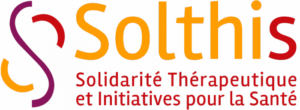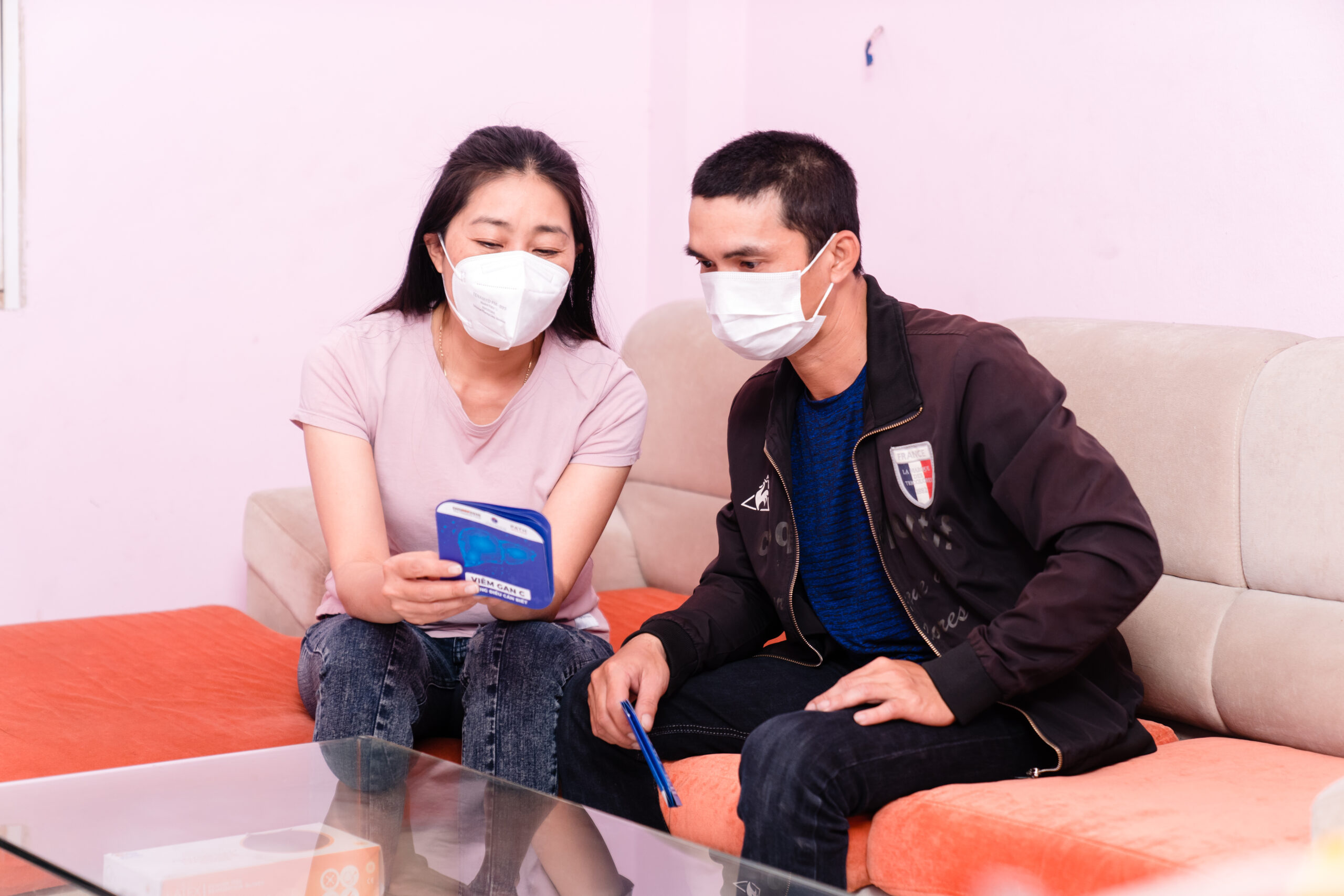The problem
When this program began, many people living with HIV were unaware of their status. This left them vulnerable to life-threatening illness and meant the infection could continue to spread. HIV self-testing was thought to be a way to extend the reach of testing, but self-tests were not in wide use and many questions remained about how to deploy them on a large scale, what distribution channels could most effectively reach people who might not otherwise get tested, and how to ensure people who tested positive were then connected to treatment and other health services.
Download the project evaluation
Our response
The ATLAS project introduced and promoted self-testing among people at high risk of HIV infection and their partners in Côte d’Ivoire, Mali and Senegal and helped catalyze uptake across West Africa. Using outreach programs, ATLAS connected with hard-to-reach groups where HIV is prevalent. Knowledge gained from the project aimed to determine the best ways to deploy self-testing and integrate it into national health programs. When the COVID-19 pandemic began, self-testing became even more critical to the HIV response, helping people continue to access vital information despite lockdowns and social distancing.
The ATLAS project distributed nearly 400,000 HIV self-testing kits, 91% of them to key populations. More than 85% of the kits were dispensed through community-based activities and more than 30% were dispensed through secondary dispensing, whereby a person would take self-test kits to distribute to their peers, partners and clients. Research indicated that around 40% of the users of the self-test kits had never been tested.
The ATLAS project was part of a larger Unitaid-backed effort to advance self-testing. The STAR project led by Population Services International complemented efforts and contributed to the success of self-testing more broadly.






